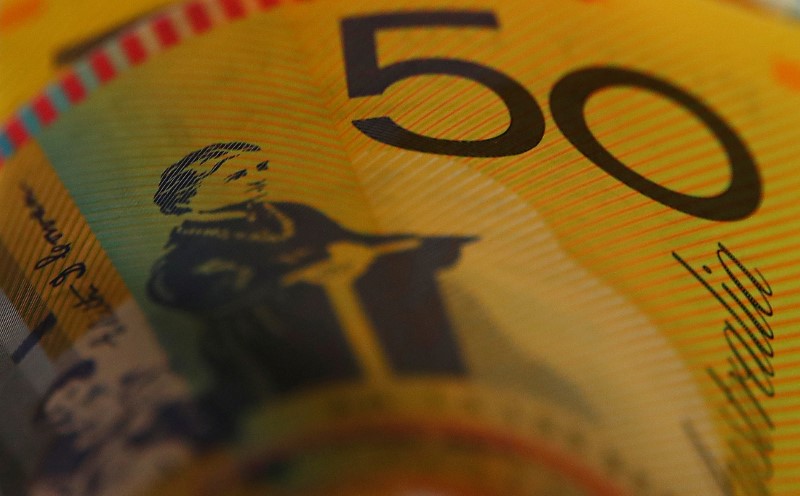By Wayne Cole
SYDNEY, March 25 (Reuters) - The Australian and New Zealand dollars were cowed by global growth concerns on Monday, while bonds extended their recent eye-popping rally to drive many yields to all-time lows.
The Aussie dollar AUD=D3 was stuck at $0.7075, having failed miserably to hold last week's brief top at $0.7168. Support comes in at $0.7057 and $0.7040.
The kiwi NZD=D3 fared a little better at $0.6875, but was still well short of its recent high of $0.6938. It has support at $0.6828, with resistance around $0.6890.
A general rush to safety mostly benefited the Japanese yen, slapping the Aussie down almost 1.2 percent on Friday to last stand at 77.85 AUDJPY=R .
The slide followed disappointing manufacturing surveys from across the globe, and especially Europe, which weighed on risk sentiment and prices for industrial commodities, including copper.
"Our AUD short term model suggest fair value is currently at $0.7186, so in spite of Friday's risk aversion, the AUD/USD still looks a little bit undervalued," said Rodrigo Catril, a senior FX strategist at NAB.
"Sharper declines in commodity prices and a VIX at least above 25 are probably needed for the AUD/USD fair value to sink below $0.7000," he added, referring to the volatility index .VIX which jumped almost 3 points to 16.48 on Friday.
The run of poor economic data globally had also seen inflation expectations crash and added to downward pressure on the longer-end of the yield curve.
Yields on 10-year Australian bonds AU10YT=RR have dived almost 20 basis points in just a week to hit record lows at 1.77 percent. New Zealand's 10-year bonds NZ10YT=RR were also at that historic milestone with a drop to 2.008 percent.
The 10-year futures contract YTCc1 added another 6 ticks on Monday to reach an all-time peak of 98.2250.
Yields on Australian three-year paper AU3YT=RR sank to just 1.40 percent, the lowest since August 2016. That was also under the 1.5 percent cash rate, a clear sign markets are wagering on a rate cut form the Reserve Bank of Australia (RBA).
Futures 0#YIB: are almost fully priced for a quarter-point easing by September, though that timing was pushed out a little last week when data showed the jobless rate unexpectedly dipped to 4.9 percent in February.
The RBA has so far put its faith in the resilience of the labour market and it would likely take a sharp rise in unemployment to convince it further stimulus was needed.
New Zealand's central bank holds its next policy meeting on Wednesday and is considered certain to keep rates at 1.75 percent. It should also reiterate the outlook for steady policy, particularly given data out last week showed the domestic economy performed well in the December quarter. our view the RBNZ is set to keep the OCR unchanged at 1.75 percent for a few more years yet," said Jarrod Kerr, chief economist at Kiwi Bank.
"Inflation is close to the RBNZ's 2 percent target mid-point and is expected to remain that way," he added. "Nevertheless, risks are skewed to the downside. Firms lack confidence, and risks to the global economic outlook are aplenty." (Editing by Shri Navaratnam)
